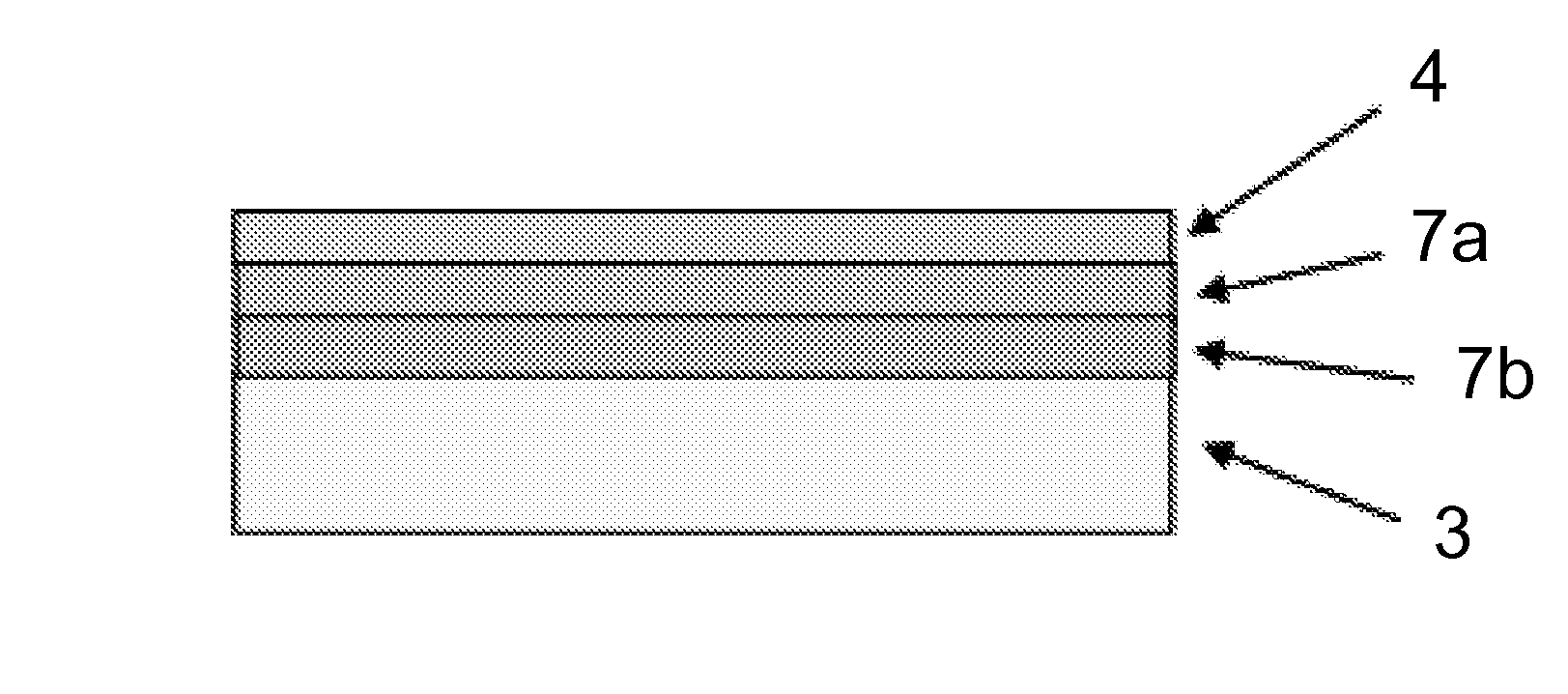Method for reducing irregularities at the surface of a layer transferred from a source substrate to a glass-based support substrate
a technology of source substrate and support substrate, which is applied in the direction of basic electric elements, electrical equipment, semiconductor devices, etc., can solve the problems of high cost of such structures, difficult to replace traditional silicon support substrates with glass-based support substrates, and generate particularly numerous and deep surface irregularities at separation zones. , to achieve the effect of reducing the surface area of plateaus, reducing the number and depth, and reducing the number of irregularities
- Summary
- Abstract
- Description
- Claims
- Application Information
AI Technical Summary
Benefits of technology
Problems solved by technology
Method used
Image
Examples
Embodiment Construction
[0042]Referring to the drawings, a method according to a possible embodiment of the invention will now be described.
[0043]Glass is a material with a limited stiffness, with a Young's modulus of about 74 GPa. Most metals have a higher stiffness, and silicon has, for example, a Young's modulus varying from 130 GPa for [100] crystallographic orientation and up to 189 GPa for [111] orientation.
[0044]Commonly used support substrates are advantageously entirely made of glass, and their thickness lies between 500 μm and 750 μm according to their application, while the transferred single crystalline layer 4 has a thickness varying between 0.01 μm to 2 μm.
[0045]The applicant has surprisingly discovered that the thickness of the glass-based support substrate 3 appears to have an impact on the density and the depth of surface irregularities at the separation zone 2 of the source substrate 1.
[0046]In this respect, FIGS. 4a and 4b are optical profilometry images representing the surface of a sil...
PUM
 Login to View More
Login to View More Abstract
Description
Claims
Application Information
 Login to View More
Login to View More - R&D
- Intellectual Property
- Life Sciences
- Materials
- Tech Scout
- Unparalleled Data Quality
- Higher Quality Content
- 60% Fewer Hallucinations
Browse by: Latest US Patents, China's latest patents, Technical Efficacy Thesaurus, Application Domain, Technology Topic, Popular Technical Reports.
© 2025 PatSnap. All rights reserved.Legal|Privacy policy|Modern Slavery Act Transparency Statement|Sitemap|About US| Contact US: help@patsnap.com



